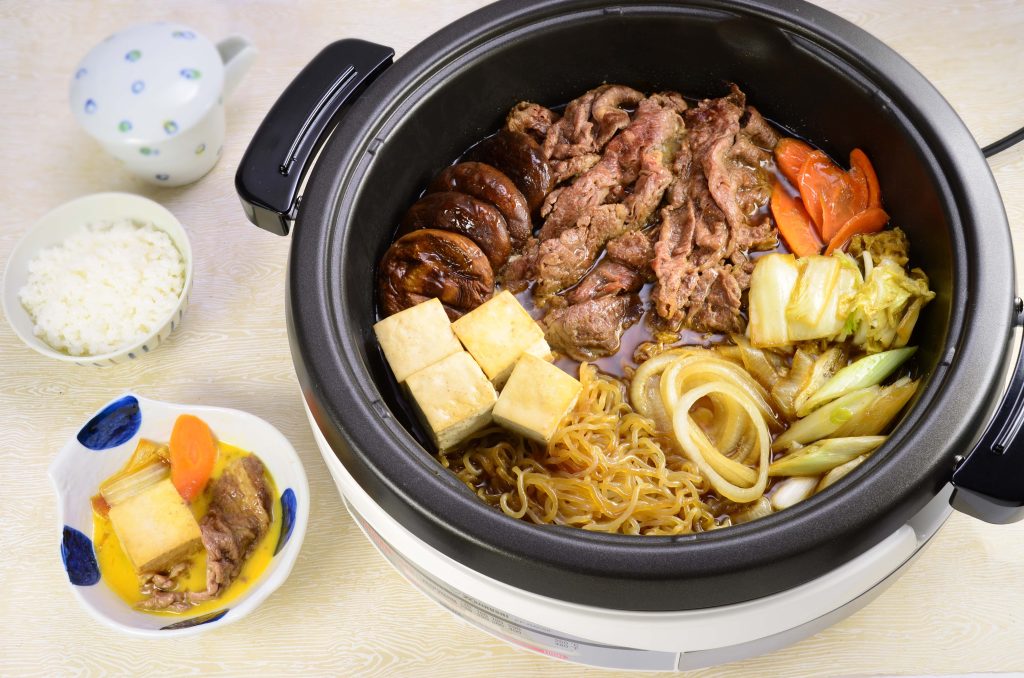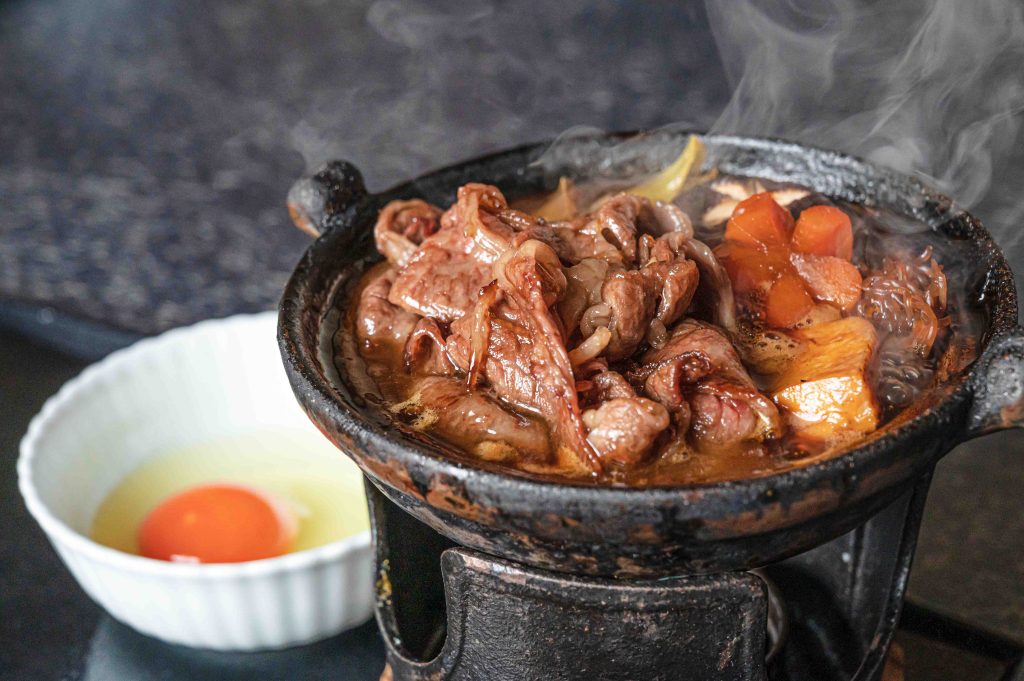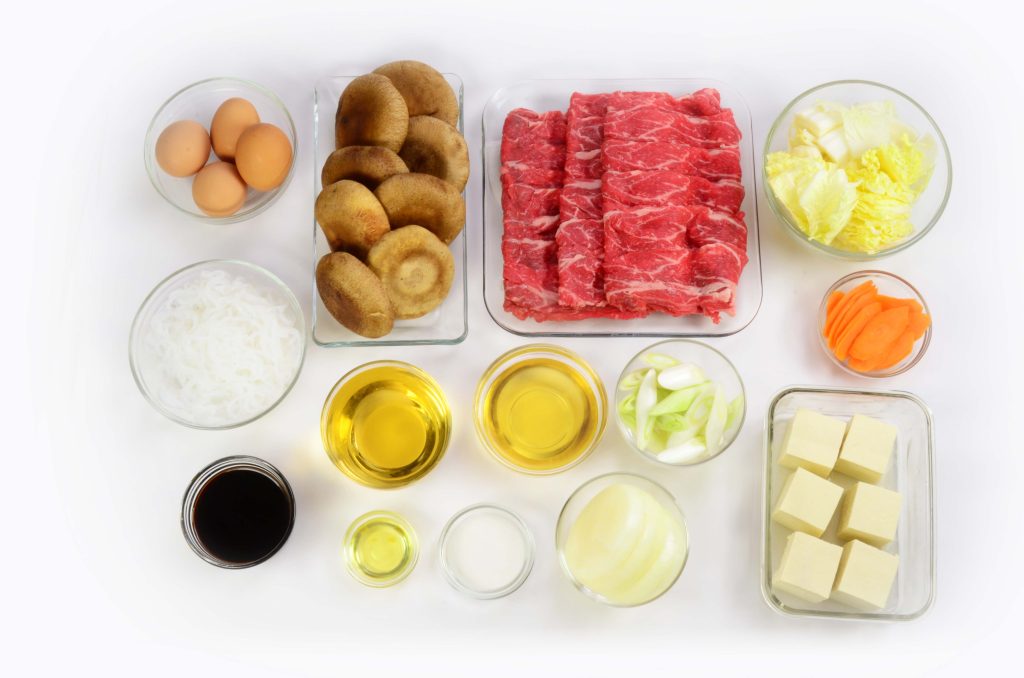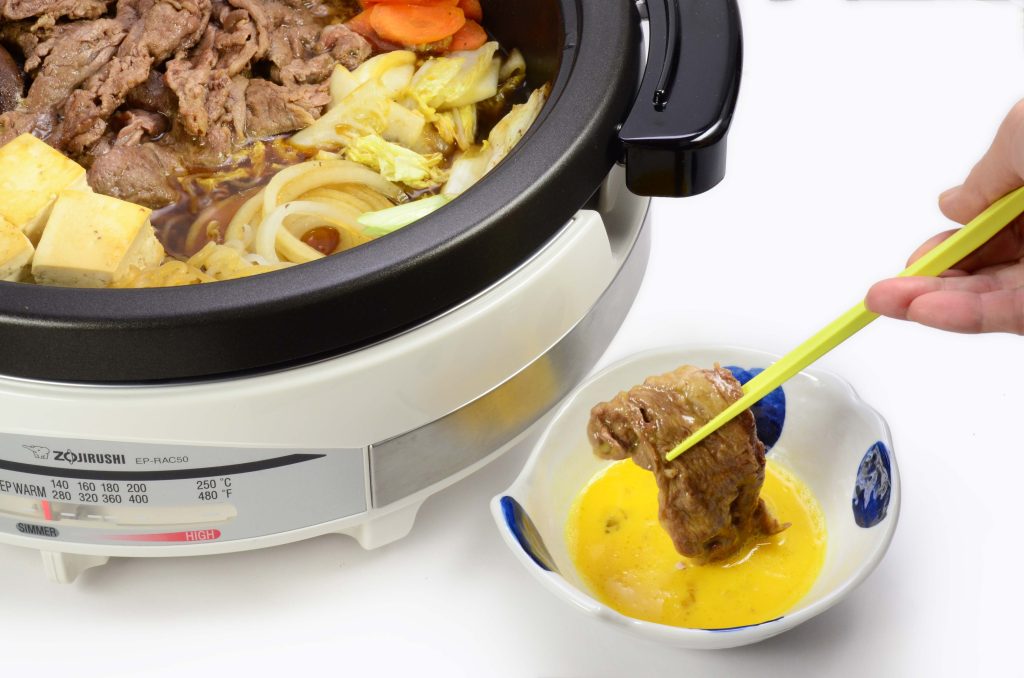Sukiyaki is a beloved Japanese dish that warms the soul as it fills the stomach. It’s not just a meal; it’s a multisensory experience that starts with the comforting sound of ‘gutsu gutsu’ – an onomatopoeic term that describes the simmering of ingredients in a Japanese hot pot. Join us on a culinary adventure as we explore the fascinating world of sukiyaki and its significance in Japanese food culture.
History of Sukiyaki
Tracing back to the Meiji era (1868-1912), sukiyaki is a historical dish symbolizing Japan’s social and culinary transformation. Originally a celebratory food for gatherings, it evolved into a comforting staple enjoyed across the country.
The name sukiyaki blend combines ‘suki,’ the Japanese word for spade used by laborers to cook, with ‘yaki,’ meaning grilling. The introduction of beef during the Meiji Restoration turned sukiyaki into a beloved method of savoring this once-scarce delicacy, embodying Japan’s ability to harmonize new influences with time-honored traditions.
Sukiyaki: A Symbol of Japanese Culinary Fellowship
Sukiyaki holds a special place in the heart of Japanese culinary culture, representing more than just a beloved dish—it epitomizes the essence of togetherness and harmony. Sukiyaki is traditionally a shared family style, reflecting the Japanese value of ‘wa‘—social harmony.
Gathered around a single pot, friends and family participate in the cooking process, each person adding and cooking ingredients. This interactive dining experience fosters a sense of community and warmth, making sukiyaki a popular choice for festive occasions and a symbol of unity.
Moreover, sukiyaki’s very evolution—from a luxury dish savored by the few to a comforting meal enjoyed by many—mirrors Japan’s historical journey towards inclusivity and cultural openness. Sukiyaki is a dish that not only serves as food but also as a culinary connection between people. It perfectly represents the spirit of Japanese hospitality and the joy of sharing a meal.
Make Sukiyaki at Home
At home, mastering sukiyaki is about embracing simplicity and quality. Creating a harmonious combination of sweet, salty, and savory elements requires patience as each ingredient is carefully simmered.
A classic sukiyaki recipe includes thinly sliced beef, chunks of nappa cabbage, shirataki noodles, fresh shiitake mushrooms, sliced onions, and carrots. Leeks and tofu are also added as well. The cooking sauce is a mixture of soy sauce, mirin, sugar, and dashi, although some opt for water.
The preparation starts by heating a shallow pot or electric skillet over medium heat. Once heated, the cooking sauce is added and brought to a gentle simmer. The meat is then added to the pot and cooked until it achieves a savory browned perfection. Then, the vegetables and noodles are added, allowing them to cook until tender and infused with flavor. This culinary masterpiece is completed by serving it promptly, accompanied by dipping sauce or a side of beaten egg.
Here are some tips to make it even better:
- For a richer flavor, use Wagyu
- If using shirataki noodles, rinse them well under running water before cooking.
- To make your own dashi, simply simmer kombu (kelp) and bonito flakes in water for 30 minutes.
- Don’t be afraid to experiment. There are many different ways to make sukiyaki. Try adding different vegetables or meats to see what you like best.
Get the full recipe, designed for the Gourmet d’Expert® Electric Skillet (EP-RAC50) here.




Leave a Reply